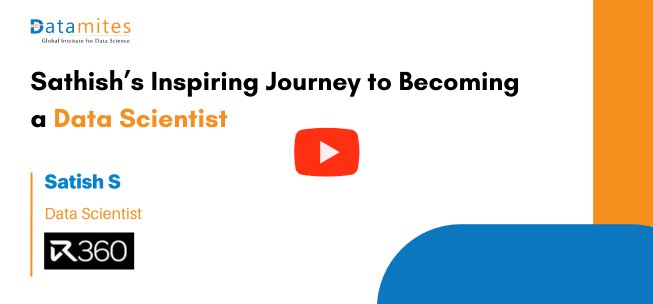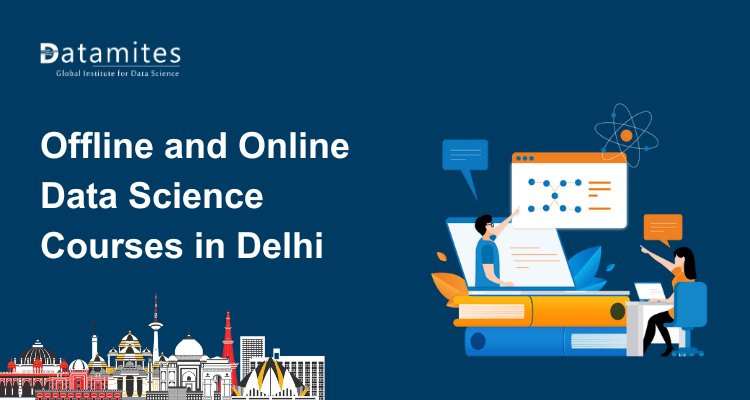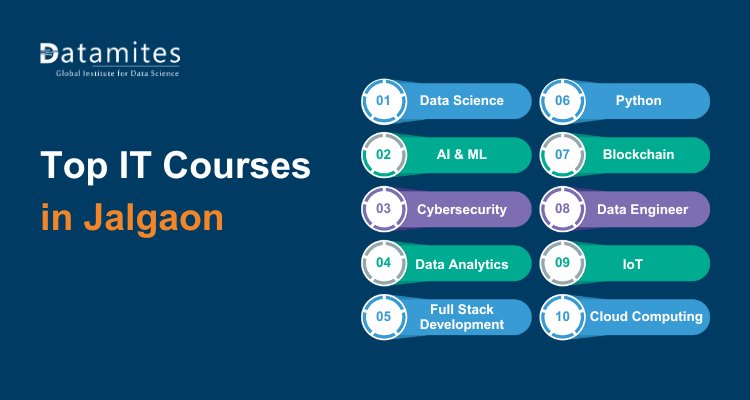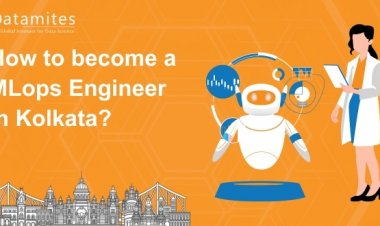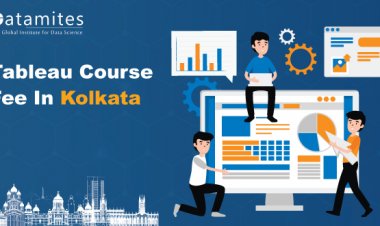Sathish’s Inspiring Journey to Becoming a Data Scientist
Sathish’s journey showcases his transformation from curiosity to mastery, navigating challenges and learning relentlessly to achieve his dream of becoming a successful data scientist.
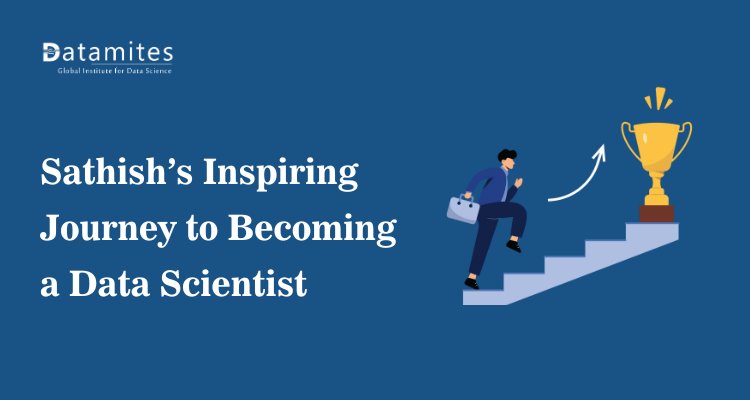
Making a career switch is never easy, especially when moving into a highly technical field like data science. Satish, an electronics graduate with over five years of professional experience, successfully transitioned into a data scientist role at Reward360 in Bangalore. His journey highlights the power of determination, structured learning, and hands-on practice in mastering new skills.
This article breaks down Satish’s story in a Q&A format, offering practical insights for anyone looking to pivot into data science. If you’re considering this path yourself, you can watch DataMites success stories like his to see how professionals from diverse backgrounds are transforming their careers through data-driven learning and real-world application.
How Satish Successfully Launched His Data Science Career with DataMites
Here’s how Satish transitioned from electronics engineering to data science through focused learning, hands-on projects, and expert mentorship.
1. Can you introduce yourself and your background before transitioning into data science?
I am Satish, an electronics engineer who worked for over 5.5 years in the electronics service sector. I’ve always been passionate about data handling it, analyzing it, and applying machine learning to drive business insights. This passion drove me to pursue a career in data science.
2. When did you complete your engineering and what was your work experience?
I completed my engineering in 2016 and worked in an MNC in electronics service roles until I decided to switch careers.
3. Did you have any prior knowledge of statistics, or Python?
No, my knowledge was limited to high school-level math and basic statistics. Python and other data science concepts were entirely new to me.
4. How did you start learning Python and data science?
I joined an offline classroom course at DataMites in Bangalore. The training started from basic Python programming and progressed to machine learning algorithms, deep learning, and NLP. Within a few weeks, I was able to handle Python coding and basic data science concepts confidently.
5. Why did you decide to quit your job and move to Bangalore for this course?
Two reasons: a strong passion for data science and the effectiveness of in-person training for my learning style. I wanted to focus entirely on building my data science skills without distractions.
6. Can you explain your learning process during the course?
I attended 2–3 hours of daily classroom training and dedicated 3–5 hours of self-study, including Coursera courses, YouTube tutorials, and practical projects. Total daily study time averaged around six hours.
7. What types of projects did you work on during the internship?
I worked on regression, classification, clustering, neural networks, and client-based projects like inventory management, insurance cost prediction, marketing analytics, and disease prediction.
8. How did the placement process at DataMites help you get your job?
The placement team guided me through mock interviews, assessments, and job applications. They also helped refine my project presentations and technical understanding, which prepared me to secure the role at Reward360.
9. What is your current role at Reward360?
I am a data scientist, currently handling starter-level projects. My day-to-day work involves applying data science concepts to real business problems, and I continue learning advanced techniques like NLP and image recognition.
10. What is the average time taken to land a job after completing the course?
For most students, it takes 3–6 months after completing the course. In my case, it took about 8–9 months, including internship completion and interview preparation.
11. How important are projects for building a portfolio?
Extremely important. Projects demonstrate your practical skills and make your profile credible for employers. You should work on multiple live-demand projects that align with industry requirements.
12. How can someone from a non-IT background start a career in data science?
Focus on learning fundamentals like Python, statistics, and machine learning. Dedicate time to hands-on projects and internships. Passion and persistence are more important than prior experience.
13. Do you need a master’s degree to become a data scientist or data engineer?
No, most data scientists start without a master’s. Experience, internships, and a strong project portfolio matter more than degrees. A master’s may help if targeting international roles or visa requirements.
14. How many hours should one dedicate to learning daily?
On average, 4–5 focused hours daily, including classroom and self-study, is sufficient. More hours can speed up the learning curve, but consistency and quality matter more than quantity.
15. How can someone from HR, architecture, or other non-technical backgrounds transition into data science?
Identify industry-specific applications of data science. For example, HR professionals can focus on predictive analytics for employee management, payroll automation, and talent acquisition. Projects should reflect the targeted domain.
16. What’s the difference between a data scientist and an AI engineer?
A data scientist primarily works on business applications using machine learning and predictive analytics. An AI engineer focuses on building AI solutions like NLP models, computer vision applications, and other AI products.
17. How should one prepare for interviews in data science?
Understand core concepts thoroughly, practice coding, and learn how to present projects clearly. Mock interviews help build confidence and identify areas to improve before facing real interviews.
18. How important are certifications?
Certifications add credibility to your profile and increase interview visibility. However, skills and project experience ultimately determine job success.
19. Any advice for aspiring data scientists?
Focus on learning first; the job will follow. Attend internships, work on projects aligned with industry demand, and build an online portfolio. Be persistent, consistent, and confident in explaining your work.
Refer to these articles:
- How Parag Thakur Built His Career in Data Science
- Vinay Gaikwad’s Journey in Freelance Data Science
- Nirmal Vani’s Journey to Success in Data Science
Lessons from Satish Data Science Journey
These insights from his experience offer valuable guidance for anyone aiming to begin or grow a career in data science:
- Satish transitioned from electronics engineer to data scientist with 5.5+ years of non-IT experience.
- Passion for data science and AI motivated him to quit his job and relocate for in-person training.
- Combined classroom sessions (2–3 hours/day) with 3–5 hours of self-study.
- Learned Python and basic statistics within a few weeks despite minimal prior knowledge.
- Completed hands-on projects in regression, classification, clustering, neural networks, and client-based tasks.
- Internship experience provided real-world exposure and prepared him for interviews.
- Placement support and mock interviews from DataMites were crucial in securing a job.
- Interview success depended on understanding core concepts, coding skills, and clear project presentation.
- Data science skills are applicable across industries like HR, renewable energy, and aviation.
- Certifications like IABAC and NASSCOM FutureSkills added credibility to his profile.
- Average placement time post-course is 3–6 months; persistence and skill-building are key.
- Non-IT backgrounds can succeed with structured learning, projects, and determination.
- Focus on learning and projects over immediate job hunting improves confidence and outcomes.
- Daily commitment of 4–6 focused hours accelerates learning.
- Data scientists focus on business analytics using ML; AI engineers build AI solutions like NLP and computer vision.
Refer to these articles:
- Tejaswini’s Path to Data Science Success
- Altaf’s Path to Becoming a Senior Data Scientist
- How Darshan Shaped His Career Path in Data Science
Satish’s journey proves that transitioning from an electronics background to a data science career is absolutely possible with determination and the right guidance. Through structured training, hands-on projects, and consistent self-study at DataMites, he turned curiosity into expertise and landed his role as a data scientist. Since data science is among the top IT courses today, his story is a reminder that with persistence, practical learning, and a focus on mastering fundamentals, career transformation can happen faster than you think.
If Satish’s journey inspires you to step into data science, now is the perfect time to start building your skills. According to Precedence Research, the global data science platform market is projected to grow from USD 175.15 billion in 2025 to over USD 676.51 billion by 2034, at a CAGR of 16.20%. As industries continue to generate massive amounts of data, the demand for skilled data professionals is rising fast. Choosing the right data science institute one that emphasizes practical learning, real-time projects, and placement support can be a game-changer. Enrolling in a data science courses in Bangalore, Mumbai, Pune, Hyderabad, Chennai, or Delhi can unlock some of the best opportunities in the tech world.
For Satish, the structured curriculum and mentorship at DataMites played a crucial role in his transformation. By mastering Data Science, Machine Learning, Python, and Statistics, and applying them through internship projects, he built the confidence and skills to secure his role as a Data Scientist at Reward360 in Bangalore.
DataMites continues to empower learners like Satish by offering data science training in Pune, Bangalore, Mumbai, Chennai, Hyderabad, Coimbatore, and Ahmedabad, along with flexible online options. Whether you’re a fresher, working professional, or career changer, DataMites provides a clear path to grow your skills and step confidently into the world of data science.
